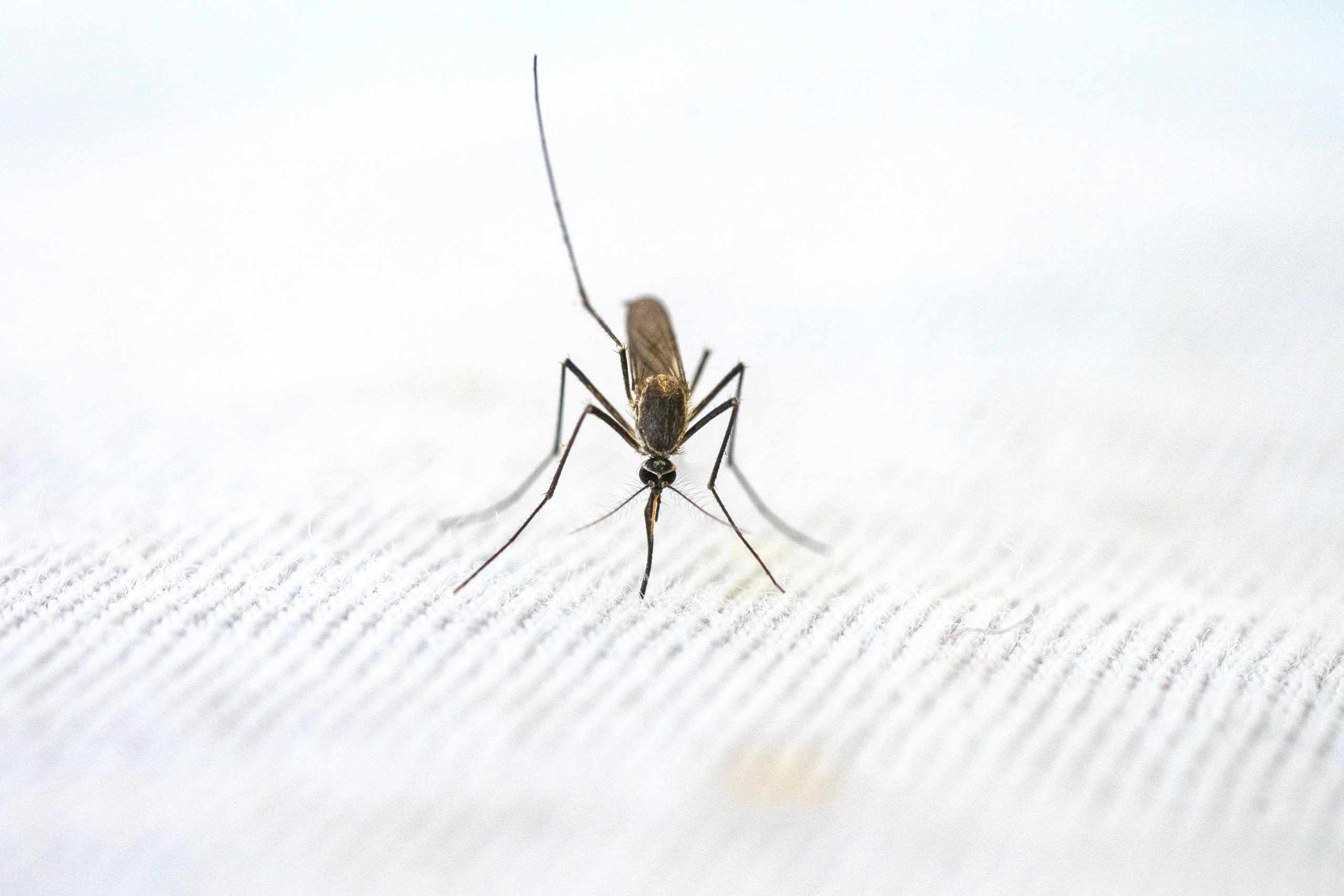
Compound with Antimalarial and Antimicrobial Activity
Uses of pyrazino[1,2-B]quinazoline-3,6-dione, its derivatives and homologues thereof.
BACKGROUND
Antibacterial resistance has increased dramatically, becoming an emergency in healthcare. Despite enormous efforts, the number of therapeutically useful compounds aimed at circumventing the resistance is continuously decreasing and no truly novel class of compounds has been introduced to a successful therapy. In order to stop the clinical consequences of the development and spread of antimicrobial resistance, both the preservation of current antimicrobials through their appropriate use, as well as the discovery and development of new agents are mandatory. Likewise, malaria represents a major threat to the public health worldwide. Along with widespread resistance to historical antimalarial compounds, it is emergent the need to identify new chemical diversity, ideally with novel antimalarial modes of action.
TECHNOLOGY OVERVIEW
The technology is related to pyrazino[1,2-b]quinazoline-3,6-diones compounds having antibacterial activity and/or antimalarial activity. The invention encompasses the synthesis and the use of synthetic pyrazino[1,2-b]quinazoline-3,6-diones derivatives, inspired by complex marine compounds with antimicrobial properties. Synthesis by one-pot condensation reactions using cheap building blocks is highly selective and environmentally friendly.
Best lead compounds are potent antimicrobials against methicillin-resistant Staphylococcus aureus (MIC 4-8 µg/mL) and Plasmodium falciparum 3D7 (IC50 0,02-2 µg/mL). Molecular docking studies support the inhibition of gene expression of Plasmodium and Leishmania sp. via prolyl-tRNA synthetase. Compounds had no hemolytic nor cytotoxic effects at MIC/IC50 concentrations. Halogenation, stereocenters and aliphatic side chains are correlated with antimicrobial activity.
FURTHER DETAILS
- Long S, Duarte D, Carvalho C, Oliveira R, Santarém N, Palmeira A, Resende DISP, Silva AMS, Moreira R, Kijjoa A, Cordeiro da Silva A, Nogueira F, Sousa E, Pinto MMM. Indole-Containing Pyrazino[2,1-_b_]quinazoline-3,6-diones Active against Plasmodium and Trypanosomatids. ACS Med Chem Lett. 2022 Jan 11;13(2):225-235. doi: 10.1021/acsmedchemlett.1c00589.
- Long S, Resende DISP, Kijjoa A, Silva AMS, Fernandes R, Xavier CPR, Vasconcelos MH, Sousa E, Pinto MMM. Synthesis of New Proteomimetic Quinazolinone Alkaloids and Evaluation of Their Neuroprotective and Antitumor Effects. Molecules. 2019 Feb 1;24(3):534. doi: 10.3390/molecules24030534.
- Resende DISP, Boonpothong P, Sousa E, Kijjoa A, Pinto MMM. Chemistry of the fumiquinazolines and structurally related alkaloids. Nat Prod Rep. 2019 Jan 1;36(1):7-34. doi: 10.1039/c8np00043
STAGE OF DEVELOPMENT
TRL: 3 – Experimental Proof of Concept.
BENEFITS
- One-step synthesis from cheap building blocks;
- Potent antimicrobial activity against multi-resistant bacterial pathogens and antimalarial activity;
- Non-hemolytic and non-cytotoxic at MIC concentration.
APPLICATIONS
- Medicines or drugs in pharmaceutical compositions;
- Cosmetics with wound healing and scaring prevention properties;
- Disinfection agents.
OPPORTUNITY
- Licensing.
- Collaborative Research.
- Product Development.
- Collaboration for further validation in large scale setups.
INTELLECTUAL PROPERTY
NOVA Inventors
Fátima Nogueira


